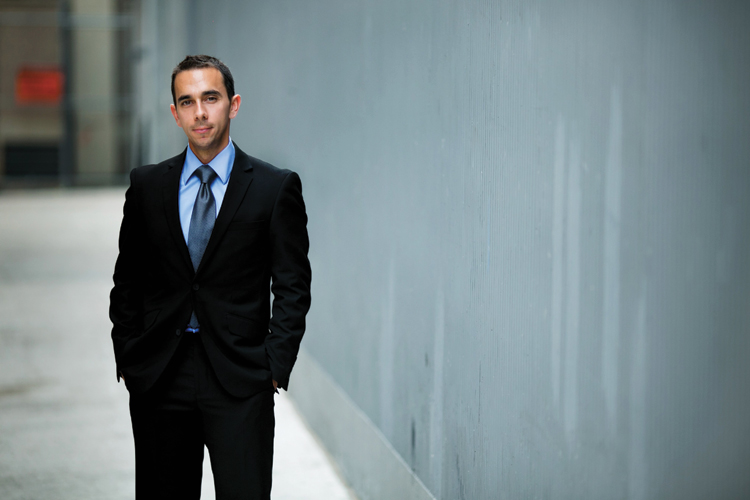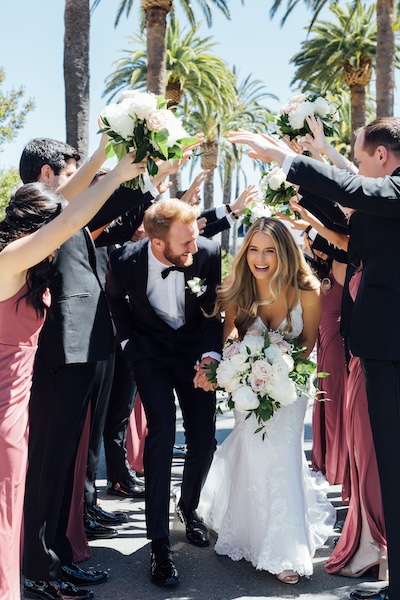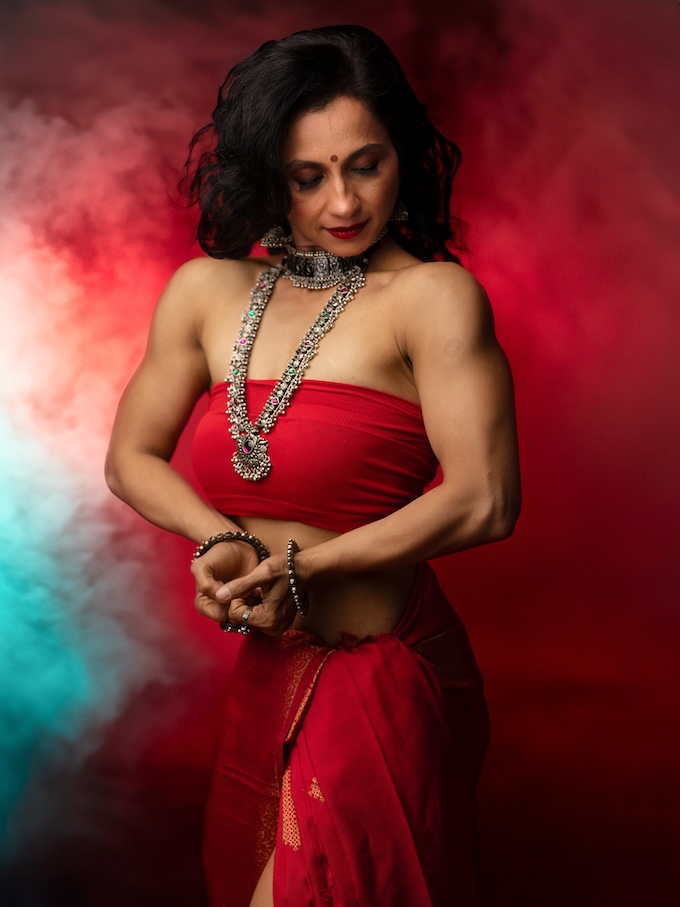Business + Marketing
A few months ago, a lawsuit for copyright infringement that was filed against supermodel Gigi Hadid was dismissed. The lawsuit was fairly standard—a paparazzo sued Hadid for posting a photograph that he took on her own Instagram. This seems like a fairly cut-and-dry case, right? He took the photograph and thus owns the copyright, and Hadid posted it without his permission or a license.
[How to Protect Your Photos on Social Media]
Whatever feelings you may have about the paparazzi taking unconsented pictures of celebrities in public spaces, it is settled law that they have the right to do so, and own the copyright to whatever images they take. Thus, Hadid’s publication of the image on her Instagram constitutes infringement. However, there are two wrinkles in the case that give us pause and are worth examining: Hadid’s defenses and the court’s ultimate ruling.
[Understanding Copyright’s Technical Distinction Between Published and Unpublished Photographs]
We turn to Hadid’s defenses first. She argued, among other defenses, that because she had turned to the camera and smiled, she was a co-author of the image, or at least held an implied license because the image depicted her likeness. Co-authorship occurs when more than one party works together to create a copyrighted work. The idea that a model can be a co-author of a photographer’s work is a frightening proposition and would greatly change how photographers produce images in all contexts. But in order to be a co-author of a work, you must meet the requirements of an author: namely, you must have inserted more than a minimum of creativity into the work. Simply smiling does not cross this threshold of creativity. One’s face and likeness are similarly not “creative”; they are products of our nature and do not on their own cross the threshold of creativity. While there may be cases in which a model does insert sufficient creativity for a co-authorship argument to have some weight—makeup artists and drag performers who create elaborate looks and have a strong say in the composition of the photograph, for example—it is very, very unlikely that Hadid’s defenses would have succeeded.
[6 Lame Copyright Excuses Photographers Should Watch Out For]
We say “would have succeeded” because the court did not ultimately address these defenses. It didn’t have to because it was able to dismiss the case for a much more simple reason, one that is actually far more important than whether models can exert a co-authorship claim over pictures of themselves. The case was dismissed because the plaintiff had not properly registered the photographs with the Copyright Office.
[What Photographers Need to Know About Copyright Law]
As we know, while ownership and authorship of a copyright vests as soon as the work is created, registration of the copyright with the Copyright Office is required in order to file a lawsuit. Registration is a sometimes slow process and an application often takes months to move through the system and receive proper registration (although, of course, you can expedite this process for an additional fee). The plaintiff in this case, paparazzi agency Xclusive-Lee, had applied for registration at the time it filed suit but had not yet received its copyright registration. And so the court held that because the plaintiff lacked registration, it could not move forward with the case. What’s more, the plaintiff could not amend its complaint once it did finally receive registration; it had to start all over, filing an entirely new complaint with entirely new fees and filing costs. Hadid won this time but very much on a technicality, and her win really only buys her time. Xclusive-Lee is free to file a second lawsuit once it receives proper registration from the Copyright Office, and the court is not likely to allow Hadid’s co-authorship defense much room next time.
[Getting Cozy With Copyright Again]
What’s more, Hadid seems not to have learned much from this experience. Just two months after receiving the court’s ruling, she has been named in another lawsuit for similar reasons, this time for posting a paparazzi image of her then-boyfriend, Zayn Malik, to her Instagram. It is doubtful that she will get off the hook this time: the photographer, Robert O’Neill, has properly registered the image in question, and because the image does not depict her at all but rather a third party, she cannot make the same co-authorship and implied license defenses. We will see how this new case turns out, but it is likely that she will understand the weakness of her position and settle out of court.
[What You Can (and Cannot) Do When Your Photo Goes Unexpectedly Viral]
Always register your copyrights as soon as you can. If you are worried that a collaborative situation with a model or other artist or photographer may create a co-authorship situation contra to your intent and expectations, talk to an attorney who can talk you through the circumstances and help you determine your risks. He or she can also help you negotiate and draft agreements with your collaborators that set your expectations of authorship in stone.
[Second Shooter Authorship: Who Owns the Photos?]
Aaron M. Arce Stark is a lawyer for artists and entrepreneurs. Learn more about his law firm, Stark.Law LLC.
This article is for informational purposes only. Contact a lawyer for legal advice.





